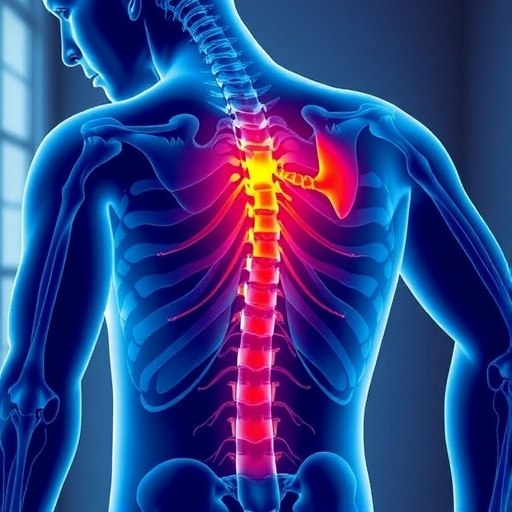Credit: Michael Raissig and Dominique Bergmann
Scientists have identified a key element underlying the superior function of stomata – or tiny, gas-exchanging pores – in grasses, where stomata function more efficiently than they do in other plant types. The results reveal a mechanism that may have contributed to the successful diversification of the grass family millions of years ago. During photosynthesis, plants maximize the amount of carbon they intake from carbon dioxide, while minimizing the amount of water they lose, by adjusting their stomata. Grasses – the plant lineage that provides the majority of human food, fiber and biofuel – have evolved a unique stomata structure that allows them to do this function particularly well. Here, studying Brachypodium distachyon, a grass species related to major cereal grains like wheat, Michael Raissig et al. used a genetic screen to identify elements responsible for the unique morphology of grass stomata. They uncovered a transcription factor, or protein, known as MUTE. The version of MUTE found in Brachypodium was bigger than the related protein in the flowering plant Arabidopsis; it was also mobile, traveling to cells adjacent to where it was synthesized. Brachypodium engineered to lack the mobilized MUTE did not exhibit the characteristic stomata, and grew poorly, the researchers report. These findings may be harnessed by plant breeders and agricultural biotechnologists to enhance both photosynthetic capacity and water use efficiency in major grass and even other crops.
###
Media Contact
Science Press Package
[email protected]
202-326-6440
@AAAS
http://www.aaas.org
############
Story Source: Materials provided by Scienmag




